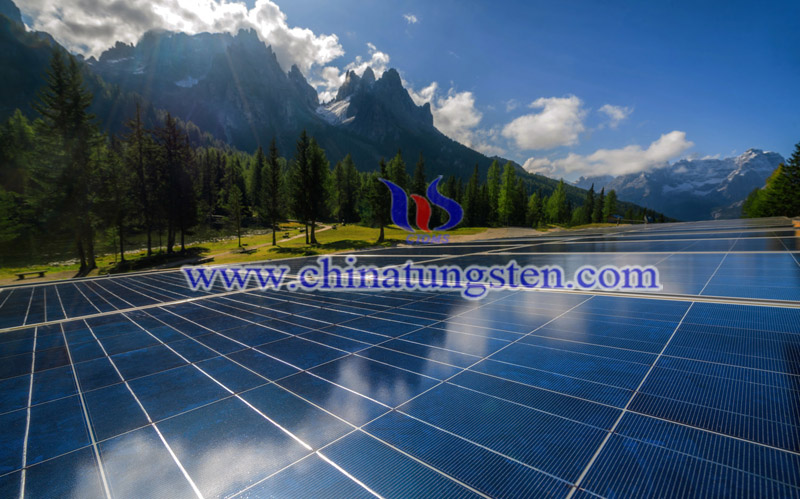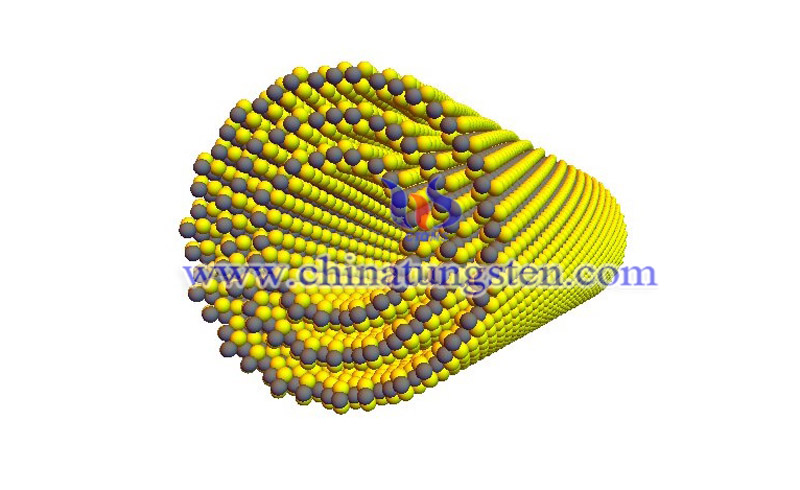Scientists Discover Tungsten Disulfide Photovoltaic Nanotube
- Details
- Category: Tungsten's News
- Published on Wednesday, 04 September 2019 08:45
An international research team led by the University of Tokyo has discovered a new material - tungsten disulfide, when rolled into a nanotube, generates an electric current if exposed to light. If magnified and scaled up, scientists say that this technology could be used in future high-efficiency solar equipment, reported from Polaris Solar Photovoltaic Network.
Scientists have studied the various functions of semiconductor nanotubes and found that one such material - made from tungsten disulfide - exhibits the bulk photovoltaic effect (BPVE) at an efficiency far higher than in other materials known to exhibit the phenomenon. BPVE occurs when a current is generated throughout the structure of a material rather than relying on a junction between materials.

"In essence, our research material generates electricity like solar panels, but in a different way," said University of Tokyo professor Yoshihiro Iwasa. "We demonstrated for the first time that nanomaterials could overcome an obstacle that will soon limit current solar technology."
Tungsten disulfide exhibits a photovoltaic effect only when rolled into nanotubes. The bulk photovoltaic effect occurs because the nanotube is asymmetrical and the current generated has a preferred direction to flow in. Other materials with a similar "broken inversion symmetry" been shown to exhibit BPVE, but Iwasa and his team found that using tungsten disulfide nanotubes, the conversion efficiency is much higher than previously observed.
Iwasa said: "Our research an entire order of magnitude improvement in the efficiency of BPVE compared to its presence in other materials," the study was published in nature.

In theory, BPVE could provide scientists with a path to higher efficiency solar cells. However, the efficiencies observed so far are too low to move beyond the laboratory. Iwasa also pointed out that scaling up the nanotube to a relevant size represents a significant challenge. In the long term, researchers hope this kind of material could allow fabrication of more efficient solar panels. But given the foreseeable size constraints in the near term, it's more likely to find use in other applications.
"Despite this huge gain, our tungsten disulfide photovoltaic nanotube cannot yet compare to the generating potential of p-n junction materials," he added. "This is because the device is nanoscale and it is difficult to make it bigger.” But it is possible, He hopes chemists are encouraged to accept this challenge.
- Tungsten Manufacturer & Supplier, Chinatungsten Online: www.chinatungsten.com
- Tungsten News & Prices of China Tungsten Industry Association: www.ctia.com.cn
- Molybdenum News & Price: news.molybdenum.com.cn
- Tel.: 86 592 5129696; Fax: 86 592 5129797; Email: sales@chinatungsten.com



 sales@chinatungsten.com
sales@chinatungsten.com